
A rubric in student language written for elementary students to self-assess their blogs.
- Subject:
- English Language Arts
- Material Type:
- Assessment
- Date Added:
- 06/29/2017

A rubric in student language written for elementary students to self-assess their blogs.
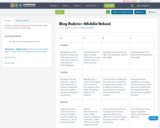
A rubric in student language written for middle school students to self-assess their blogs.
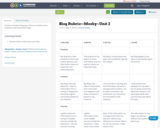
A rubric in student language written for middle school students to self-assess their blogs.
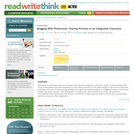
Make the most of your students' diverse ability levels and experience with a prewriting activity in which they describe an abstract idea using blogging and photographs that they have taken.
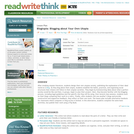
Students work together to create their own utopias, using blogs as the primary source of publication.
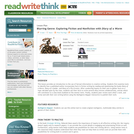
After reading several examples of how a published author incorporates facts in fiction writing, students research a topic of their choice and write fictional diary entries that incorporate factual information.
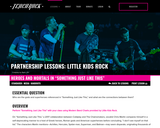
In this lesson, students use the lyrics to "Something Like This" as an opportunity to learn the stories of Achilles, Hercules, Wonder Woman and Superman. Students will explore similarities between these gods and superheroes, finally considering why mortals still need superhumans, thousands of years later.
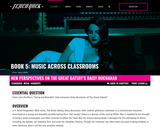
In this lesson, students will explore these questions, comparing Lana Del Rey's "Young and Beautiful" with chapters 1-7 of The Great Gatsby to form their own characterization of Daisy. Students will view the music video for "Young and Beautiful" and analyze advertisements and headlines from 1918-1922 to consider the potential influence of cultural values and gender expectations on women like Daisy. Finally, using excerpts from the novel, the song, and the advertisements, students will work in groups to create an identity chart for Daisy.
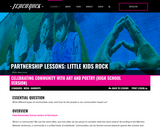
In this lesson, students will consider the many kinds of communities that exist, and reflect on their own special ties to a community they are a part of. After watching the video for "Sunday Candy," and hearing the poetry of Chicago-based Kevin Coval, students will hold their own poetry slam featuring poems about community.
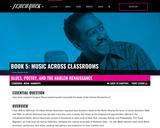
In this lesson, students will discuss how the ideals of the Harlem Renaissance and Locke's New Negro were exemplified by the poetry of Langston Hughes. Specifically, they will examine how Hughes incorporated the vernacular tradition of the Blues in his work, and identify the literary techniques Hughes employs to make his poetry so vivid.
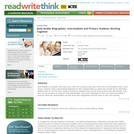
Students create a personalized biography for their reading buddy, and each child is the author, illustrator, and editor.
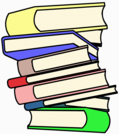
Students will participate in Book Club by choosing groups of 3-5 students and a book at their reading level according to their interest, or the subject currently being studied. They will decide together how to split the book into three or more sections to finish in four weeks or less. They will prepare and write out a discussion role for each meeting (Word Wizard, Connector, Summarizer, Questioner, or Passage Person). This plan is written for either in class, blended, or remote learning.
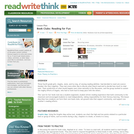
This lesson describes how small groups of students can plan meetings to discuss what they've read in a "just for fun" book club they've organized - and that they control.
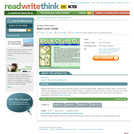
Explore the parts of book covers and dust jackets with this online guide, designed to to allow users to review the content that appears on each portion of these artifacts.
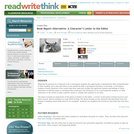
Students write a persuasive letter to the editor of a newspaper from a selected fictional character's perspective, focusing on a specific issue or situation explored in the novel.
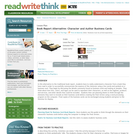
Students respond to a book they have read by thinking symbolically to create a business card for one of the characters.
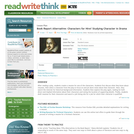
In this alternative to the traditional book report, students respond to a play they have read by creating a resume for one of its characters.
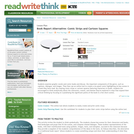
Students must think critically to create comic strips highlighting six important scenes from a book they have read.
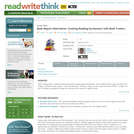
In this alternative to the traditional book report, students create book trailers using Microsoft Photo Story 3, a free downloadable software program for digital storytelling.

Students explore familiar literary characters, usually first encountered as adults, but whose childhood stories are only told later. Students then create childhoods for adult characters from books of their choice.